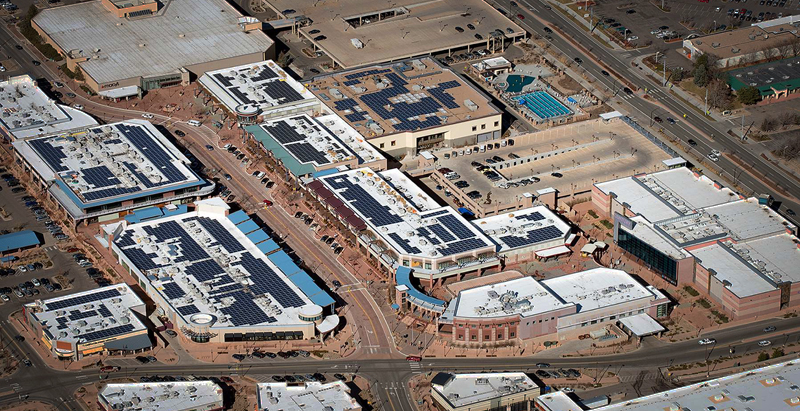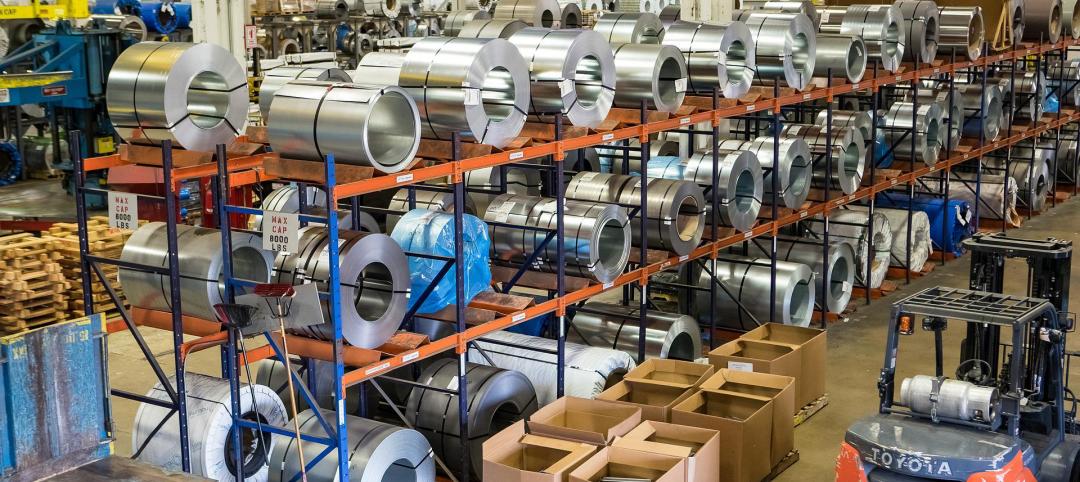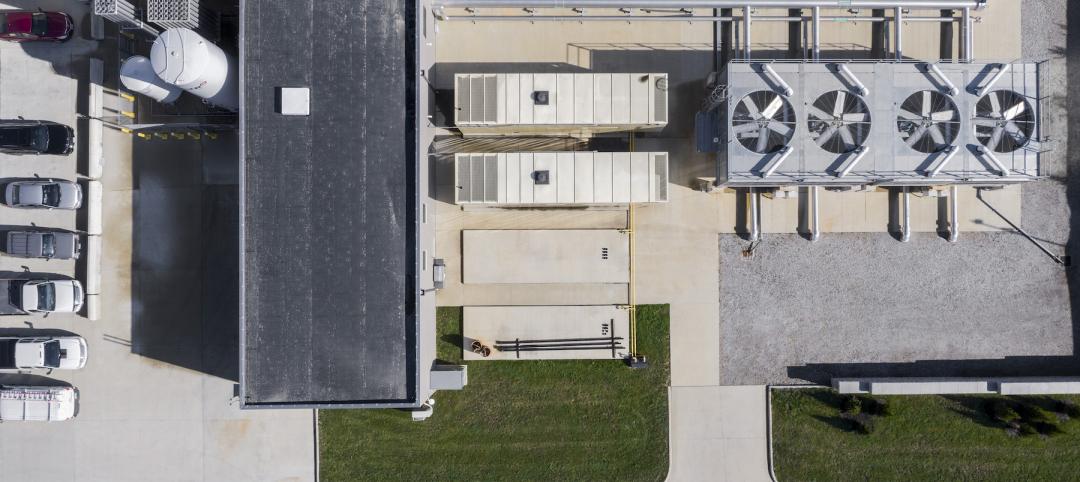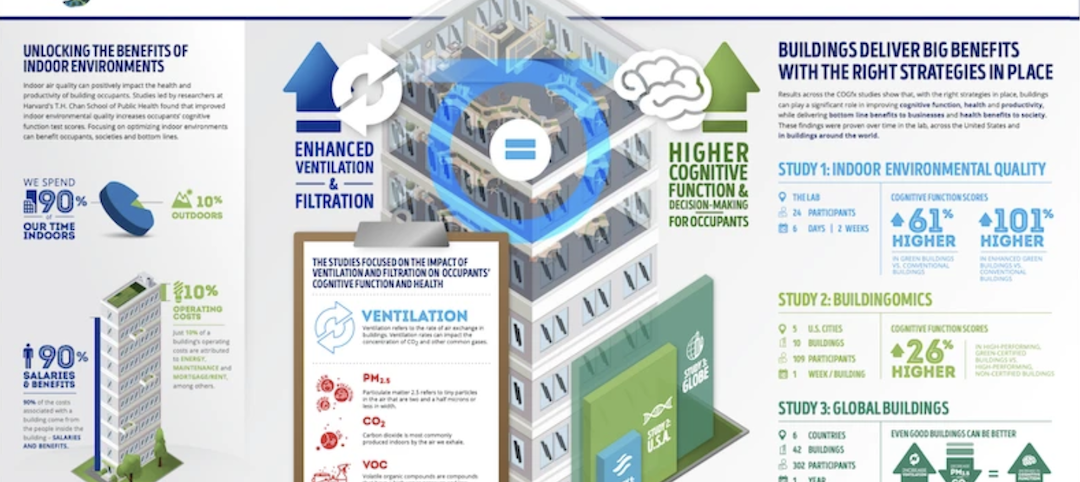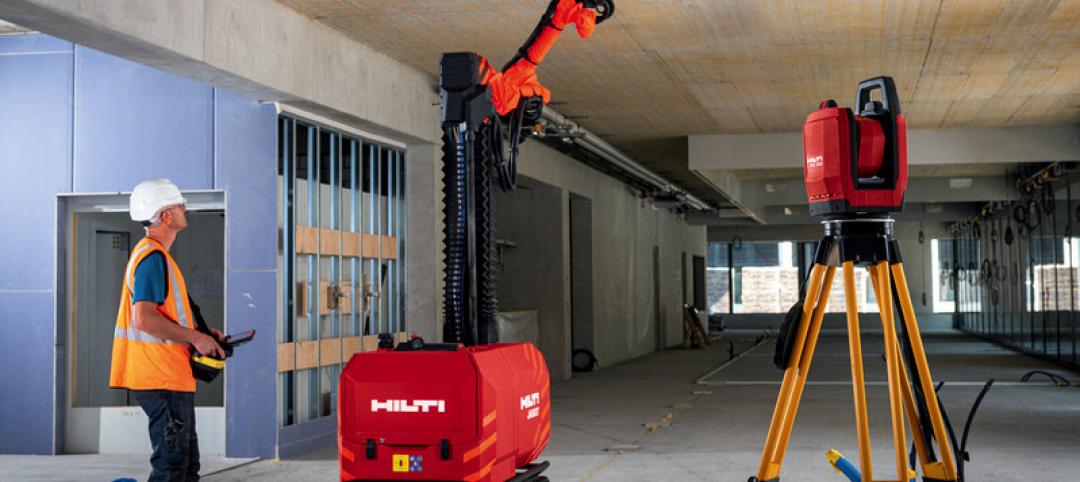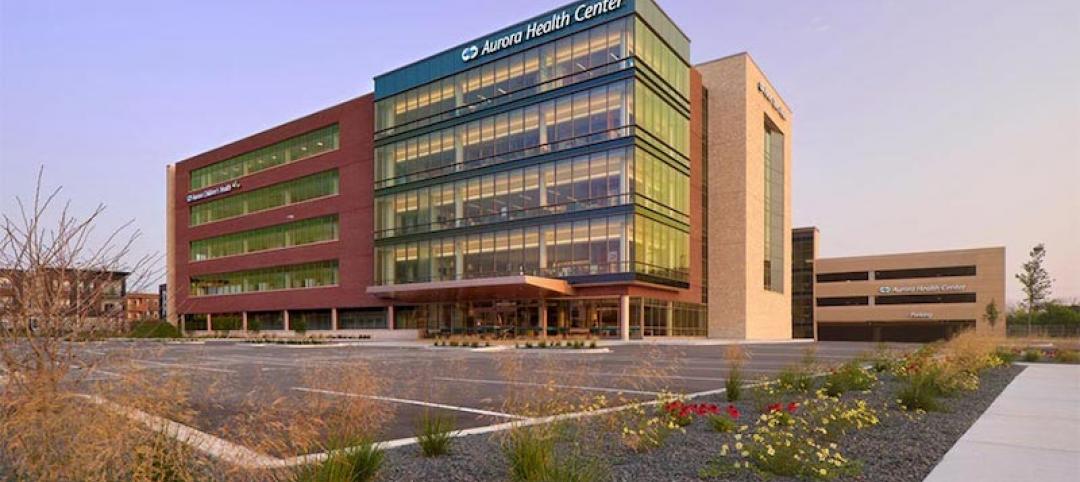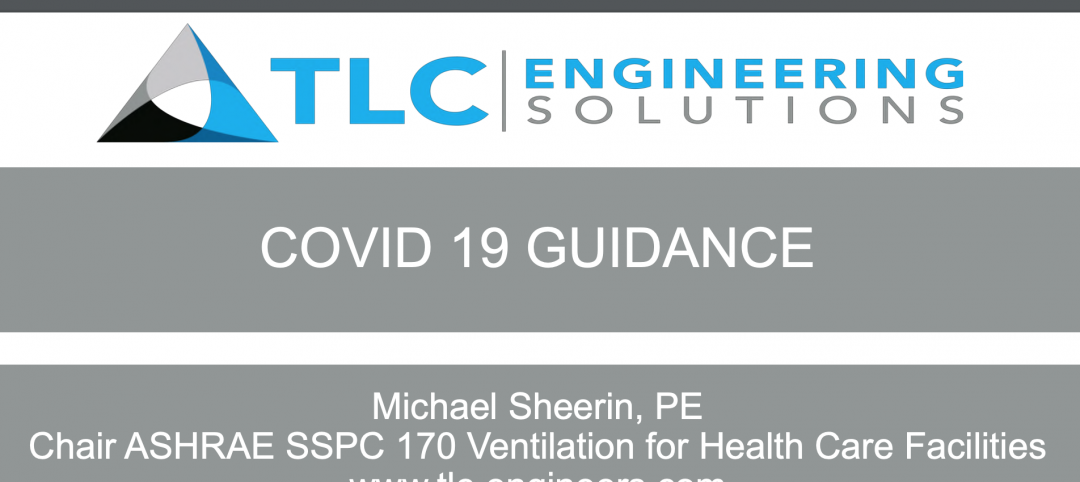Today, clean energy is becoming a requirement, not just a suggestion, as more states implement energy efficiency resource standards and goals. To help fulfill these mandates, many building professionals are turning to solar. In fact, according to SEIA, in Q1 2015 more than 51 percent of all new electric generating capacity in the U.S. came from solar, adding to the 22.7 GW of solar already installed in the country.
But while American businesses are going solar to meet rising expectations, they’re also doing it because they know it’s good for their bottom line. Electricity prices are increasing across the country and solar helps minimize these costs and stabilize energy budgets.
The road ahead
With financing and a solid implementation plan in place, organizations can begin building the system that will power their facility. Putting all of the pieces together and seeing the final installation come to life is an exciting time, allowing companies to join the growing number of businesses going solar and reap energy savings.
But unfortunately, more often than not, strong project support at the start diminishes down the line once a project is completed, where it can often be most crucial. It’s important to have a partner who can provide comprehensive, long-term O&M services that ensure projects remain up and running at maximum efficiency without a hitch for years to come.
What’s the value of long-term O&M?
With the sun shining and solar providing clean, cost-efficient energy, what’s the worry?
In order to safely and effectively maximize return on investment, minimizing operating costs and optimizing asset performance is essential. This requires a partner who can provide the full O&M package: NOC and maintenance services, operations and asset management, total system protection, and guarantees.
Together, these services ensure real-time monitoring, performance reporting, high safety standards, system cleaning and annual maintenance plans that protect long-term reliability and control long-term costs. Developing long-term O&M warranties and performance guarantees with a financially sound partner adds a level of peace of mind that’s often missing.
O&M at play
Consisting of more than 85 properties across 19 states, Macerich is a fully integrated, self-managed and self-administered real estate investment trust which focuses on the acquisition, leasing, management, development and redevelopment of regional malls throughout the United States.
When the Macerich portfolio of properties decided to implement solar, O&M of each unique system posed its own distinctive set of challenges. Macerich needed a partner it could trust to be a dependable, consistent provider of those services for more than two decades at a wide variety of sites.
With their extensive global network, Panasonic ensured quality implementation for every aspect of each individual project, regardless of location. And, as a nearly 100 year-old, $64 billion company, Panasonic guaranteed its ability to fulfill the 20 year commitment to sustaining expert operations and maintenance of Macerich’s solar systems.
To keep each installation thriving, Panasonic works with its teams across the country to perform annual maintenance. When an issue does arise, the Panasonic O&M planning and scheduling team dispatches a technician, optimizing their time onsite to ensure a fast, reliable and cost-effective solution is put into place.
Through long-term O&M guarantees, organizations like Macerich reduce stress and eliminate worry about brand management and reputation.
To learn more about Panasonic O&M services, please visit www.panasonic.com/contactus.
Related Stories
Building Materials | Jun 20, 2022
Early-stage procurement: The next evolution of the construction supply chain
Austin Commercial’s Jason Earnhardt explains why supply chain issues for the construction industry are not going to go away and how developers and owners can get ahead of project roadblocks.
Multifamily Housing | Apr 7, 2022
Ken Soble Tower becomes world’s largest residential Passive House retrofit
The project team for the 18-story high-rise for seniors slashed the building’s greenhouse gas emissions by 94 percent and its heating energy demand by 91 percent.
M/E/P Systems | Jan 27, 2022
Top 5 building HVAC system problems and how to fix them
When your HVAC system was new, it was designed to keep the indoor environment comfortable, functional, and safe. Over time, that system can drift out of alignment, leading to wasted resources, excessive energy consumption, and reduced occupant comfort.
M/E/P Systems | Sep 15, 2021
New Harvard study expands research into impact of indoor air quality on occupant performance
People in buildings in six countries were monitored for a year.
AEC Tech | Oct 28, 2020
Meet Jaibot, Hilti's new construction robot
The semi-autonomous robot is designed to assist MEP contractors with ceiling-drilling applications.
Building Team | Aug 21, 2020
A healthcare project in Wisconsin benefits from including MEP subs in early design discussions
Prefabrication played a major role in quickening construction.
Coronavirus | Apr 1, 2020
TLC’s Michael Sheerin offers guidance on ventilation in COVID-19 healthcare settings
Ventilation engineering guidance for COVID-19 patient rooms
Sponsored | HVAC | Feb 3, 2020
Reliable Building Systems Increase Net Operating Income by Retaining Tenants
Tenants increasingly expect a well-crafted property that feels unique, authentic, and comfortable—with technologically advanced systems and spaces that optimize performance and encourage collaboration and engagement. The following guidance will help owners and property managers keep tenants happy.
Sponsored | HVAC | Jan 6, 2020
Four Ways Building Systems Create Long-term Profitability
When accounting for the total cost of ownership and the potential return on investment, owners and developers should consider total energy usage, the lifespan of building systems equipment, the recruitment and retention of occupants, and lease rates.
Sponsored | HVAC | Jan 6, 2020
Maximize Energy Efficiency in Class A Office Buildings With Modern Building Systems
Energy-efficient building design starts with the building envelope, but the building systems have a tremendous impact on energy use as well.


